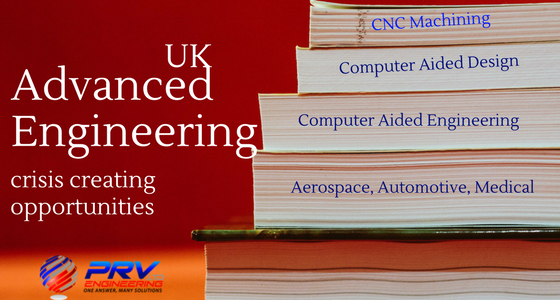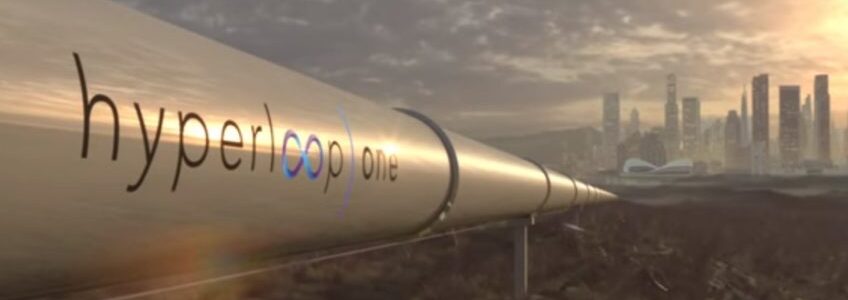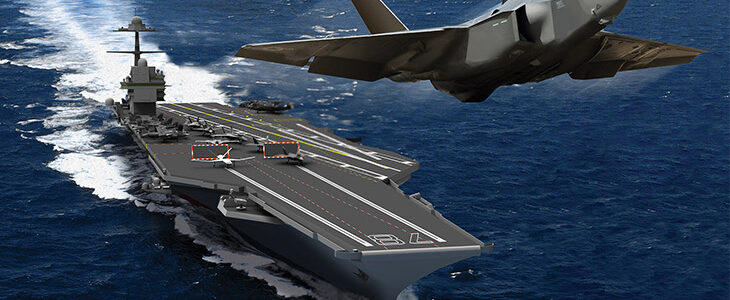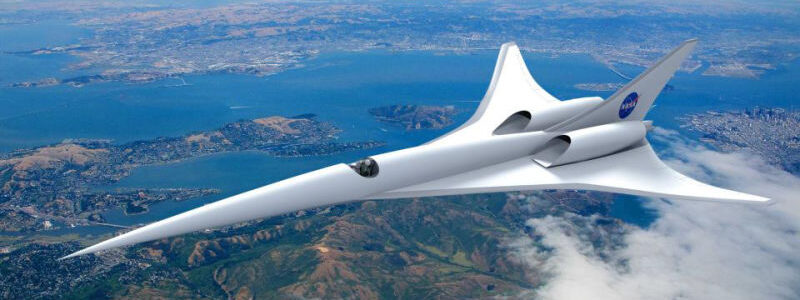UK Manufacturing has continued its upward trend and toward the end of 2017, was named the eighth largest manufacturer by output in the world. This came less than one year after claiming ninth spot. Reports from EEF and Santander shows the nation’s annual output is worth nearly $250bn. If this current growth continues, UK Manufacturing could be in the top five as early as 2020.
The first ever electric plane was recently certified and flown in Australia marking an exciting frontier for electric aircraft. Australian sustainable aviation company, Electro.Aero, is at the forefront of electric aviation technology. They are responsible for the test flight after obtaining certification for the Alpha Electro from the Australian Civil Aviation Safety Authority late 2017.
A glimpse into the future of mountain rescue could mean replacing the image of our furry friend, the St Bernard. No surprise really as technology is forever advancing and with that, an unmanned aerial vehicle (UAV) made from carbon fiber with a 2.2 meter wingspan.
A team of students at the prestigious University of Warwick School of Engineering in Coventry, England, has designed an unmanned aerial vehicle. The core concept is to deliver immediate aid and equipment to people in need before a rescue team arrives. These UAV’s will essentially be the first responders.
Engineers are always in high demand and none more so than in advanced engineering. Looking to the future, the industry will need about 186 000 engineers by 2024. Another report, according to The Telegraph, suggests the UK is grossly lacking skilled engineers and would need 1.8 million new engineers and technicians by 2025.
Whichever way you look at it, these are big numbers to swallow. Engineering is not only central to ensure economic growth, it plays a vital role in global challenges. Among these are climate change, food security, health and safety, biodiversity, population and water security. Adding to the increased number of opportunities, engineering can yield significant financial reward.
First it was self-driving cars and now we’re talking about autonomous flight as if we’re ordering pizza. It’s been all over the news and talks around the watercooler are more interesting than ever. Boeing’s acquisition of Aurora and a stake in Zunum Aero is set to take place this year. The overall consensus is that the aerospace industry is in for a major change.
The recent successful test of the Hyperloop One is proof that the future of transport is at our fingertips. The near-supersonic transit concept used magnetic levitation for the first time on the ‘DevLoop’ test track in a vacuum environment. Co-founder Shervin Pishevar claims that by achieving full vacuum, they’ve essentially created a sky in a tube as if traveling 200 000 feet in the air.
The latest test showed speeds of 308 km/h (192 mph) on the 500-meter (1,640-foot) test track in Nevada where all system components functioned as intended. The next phase is
Technology is at the point where talking about a flying car should come as no surprise. This can be attributed mainly to the new lightweight material, improved batteries, advanced computer technology and controls. According to reports, DeLorean Aerospace is in the process of developing a two-seater VTOL aircraft called the DR-7. This puts Paul DeLorean in a whole new category along with Airbus, Uber, Darpa and the likes of Larry Page.
The DeLorean is best remembered for the time-traveling sports car from Back to the Future films piloted by Doc Brown. Who would have thought his quote would
The USS Gerald R. Ford (CVN-78) is Marine Engineering at its best. It houses more than 4 500 crew members and weighs in at 90 000 tons. With a $13 billion price tag, it’s the most expensive and most advanced warship ever built. It certainly sets the bar extremely high.
Christened in November 2013 and scheduled to be commissioned this year, these super-carriers are expected to be in service until 2065. They are also set to replace some of the Navy’s existing Nimitz-class carriers.
Both classes have a similar-looking hull but the Ford class is miles ahead with new technical and technological innovations. Designed to improve operating efficiency and reduce operating costs, the USS Gerald R. Ford also requires fewer crew; about 600 to be more specific. It’s estimated to save $4-5 billion on operational expenditure making it extremely cost effective in comparison.
Hypersonic travel is described as flight through the atmosphere below 90 km at a speed above Mach 5 (5 times the speed of sound). That means traveling from London to New York could only take about 2 hours. The concept has been around for a long time but applying the theory to practice is a different story.
It’s not an impossible task but the problem has always been how to handle the extreme heat at high speeds. Now, thanks to advanced aerospace engineering, a special ceramic has been developed making hypersonic air travel a real possibility.
The future of aerial combat is no longer a figment of our imagination but more a reality. Global powerhouses are turning to drone technology even more to further strengthen their military prowess. Kratos drones are just one of many companies doing some groundbreaking work.
Kratos drones were featured at the recent Paris Air Show offering an insight into the future of unmanned aerial combat. With the associated price tag of a manned fighter jet reaching $100 million, UAV’s could be the low-cost option going forward.











Recent Comments